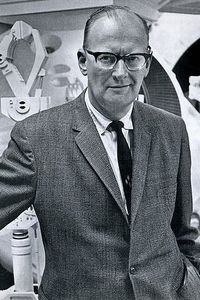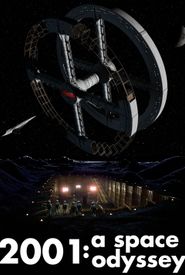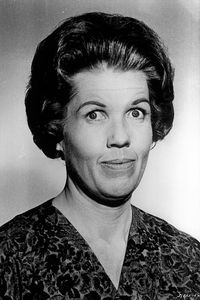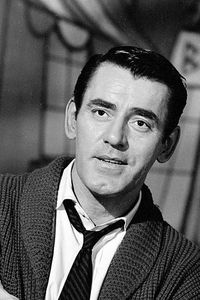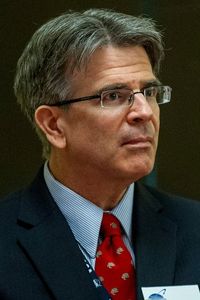Arthur C. Clarke was born on December 16, 1917, in the seaside town of Minehead, Somerset, England. He joined the British Interplanetary Society in 1936 and began experimenting with astronautic materials, writing for the society's bulletin, and penning science fiction stories. During World War II, Clarke served as a RAF officer, where he was in charge of the first radar talk-down equipment, the Ground Controlled Approach, and its experimental trials.
After the war, Clarke returned to London and resumed his work with the British Interplanetary Society, serving as its president from 1946 to 1947 and again from 1950 to 1953. In 1945, he published a technical paper titled "Extra-terrestrial Relays," which laid the principles for satellite communication in geostationary orbits, a concept that would be realized 25 years later.
Clarke's work on satellite communication earned him numerous honors, including the 1982 Marconi International Fellowship, a gold medal from the Franklin Institute, and the Vikram Sarabhai Professorship of the Physical Research Laboratory in Ahmedabad. The International Astronomical Union named the geostationary orbit at 36,000 kilometers "The Clarke Orbit" in his honor.
In 1953, Clarke married American Marilyn Torgenson, but the marriage was short-lived, lasting only a few weeks. He later stated that the marriage was incompatible from the beginning and that it proved he wasn't suited for marriage.
Clarke's interest in space exploration led him to the ocean, where he discovered the joys of skin-diving in the late 1940s. He began to write about his underwater experiences and eventually published the book Profiles of the Future in 1962, which explored the probable shape of tomorrow's world. In the book, he stated his three laws: "When a distinguished but elderly scientist states that something is possible he is almost certainly right. When he states that something is impossible, he is very probably wrong."
